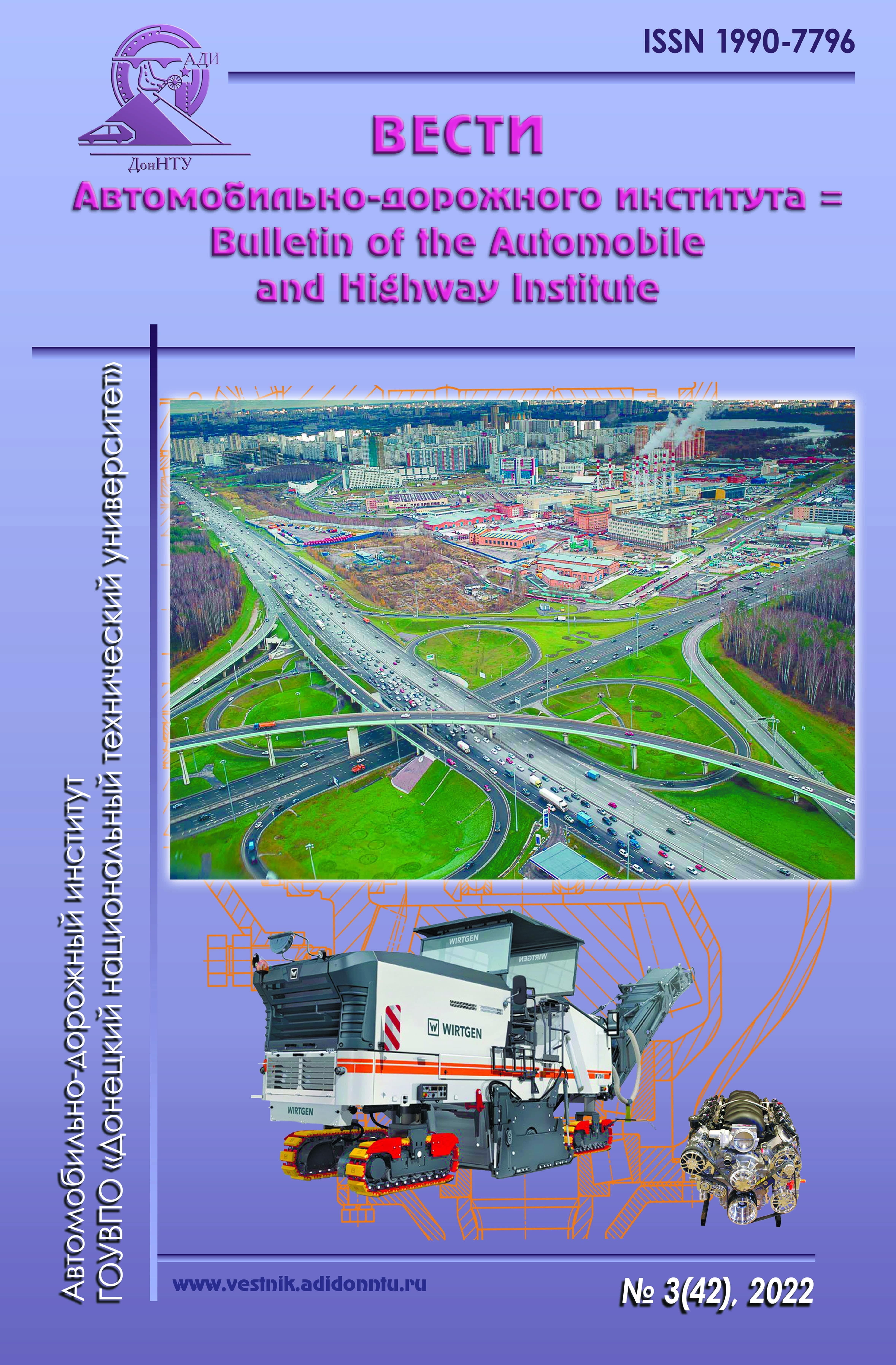Influence of the Flow Swirling on the Friction Coefficient Along the Length for Pneumatic Transportation of Bulk Materials
Keywords:
FRICTION COEFFICIENT, PNEUMATIC TRANSPORT, BULK MATERIALS, SPECIFIC PRESSURE LOSS, CRITICAL TRANSPORTATION SPEEDAbstract
The use of flow swirling in systems of the pneumatic transport of bulk materials allows to reduce the speed of
transportation below the critical values available with a direct-flow. Or, at the same speed, increase the concentration of the material and the performance of the pneumatic transportation system. Along with energy savings, this also reduces the pipeline wear and the degradation of transported particles. At the same time, the methods for calculating pneumatic transport systems with flow swirling require additional research.
For this purpose, the dependences of the friction coefficient for a swirling two-phase flow were experimentally obtained for three types of materials (coal dust, ash, and polystyrene). It is established that the relative friction coefficient mainly depends on two dimensionless parameters: the mass concentration of the solid phase and the degree of the flow swirling. As a result, the dependence of the friction coefficient on these two dimensionless parameters was derived and the calculation of specific pressure losses for transportation depending on the flow rate was made. The comparison of the calculated values of pressure losses with natural experiment showed sufficient for engineering calculations coincide in the area of increased transportation speeds, and can also be used in determining the critical speed.
References
Hui, Li. Particle Velocity and Concentration Characteristics in a Horizontal Dilute Swirling Flow Pneumatic Conveying // Li Hui, Tomita Yuji // Powder Technology. – 2000. – № 107. – Р. 144–152.
Li, Z. Q. Experimental Study High-Density Gas-Solids Flow in a New Coupled Circulating Fluidized Bed / Z. Q. Li, C. N. Wu // Powder Technology. – 2004. – № 139. – Р. 214–220.
Mills, D. Pneumatic Conveying Design Guide / D. Mills. – Glasgow : UK, 1990. – 424 с.
Халатов, А. А. Теория и практика закрученных потоков / А. А. Халатов. – Киев : Наукова думка, 1989. – 190 c.
Гольдштик, М. А. Вихревые потоки / М. А. Гольдштик. – Новосибирск : Наука, 1981. – 368 с.
Чальцев, М. Н. Математическая модель вихревого эжектора / М. Н. Чальцев, С. В. Войцеховский // Наукові праці ДонНТУ. Серія : Гірничо-електромеханічна. – 2001. – Вип. 35. – С. 204–209.
Чальцев, М. Н. Определение потерь давления при движении закрученного потока в горизонтальном трубопроводе / М. Н. Чальцев, С. В. Войцеховский // Вісник СНУ ім. Даля. – 2007. – № 3. – С. 196–203.
Klinzing, G. E. Pneumatic Сonveying of Solids / G. E. Klinzing. – Pittsburg, USA, 1997. – 482 с.


